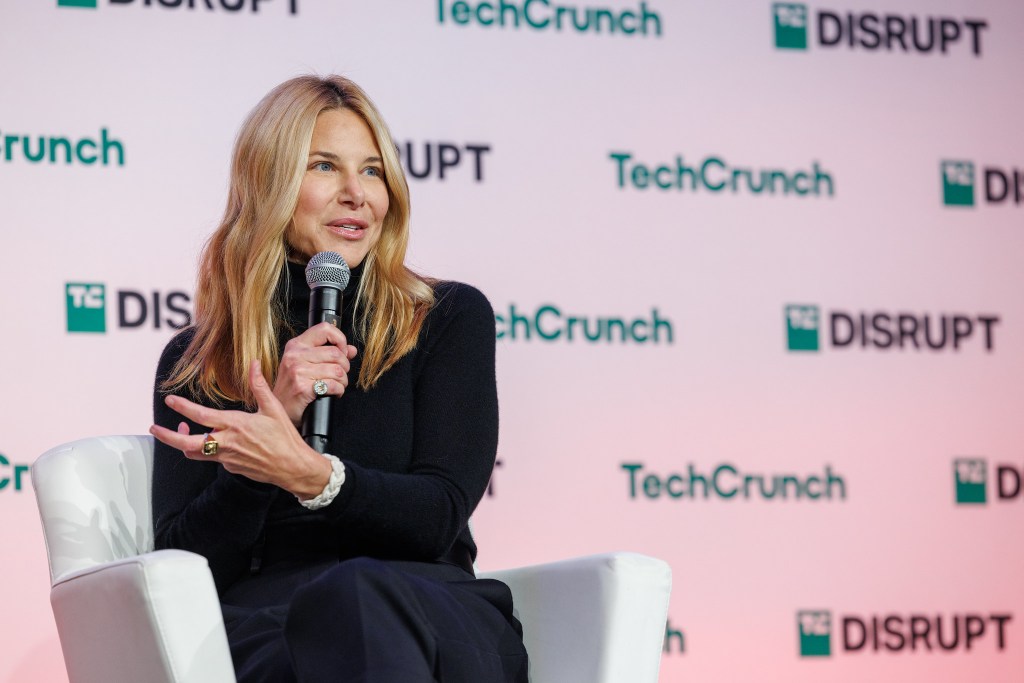In response to escalating concerns over corporate espionage and the protection of its proprietary technologies, OpenAI has significantly enhanced its security protocols. This strategic move aims to shield the company’s advanced artificial intelligence (AI) models from unauthorized access and potential intellectual property theft.
Background and Catalyst for Enhanced Security
The impetus for OpenAI’s intensified security measures stems from an incident involving the Chinese AI startup DeepSeek. In January 2025, DeepSeek released a competing AI model, which OpenAI alleges was developed using distillation techniques to replicate its own models. This event underscored the vulnerabilities associated with AI development and prompted OpenAI to reevaluate and strengthen its security framework.
Implementation of Information Tenting Policies
A cornerstone of OpenAI’s revamped security strategy is the adoption of information tenting policies. These policies are designed to restrict employee access to sensitive information, ensuring that only authorized personnel can engage with critical algorithms and product developments. For instance, during the development of OpenAI’s o1 model, discussions about the project were confined to verified team members within designated areas, thereby minimizing the risk of inadvertent information leaks.
Technical and Physical Security Enhancements
Beyond procedural changes, OpenAI has implemented several technical and physical security measures:
– Isolation of Proprietary Technology: Critical systems are now maintained on offline computers, effectively reducing exposure to potential cyber threats.
– Biometric Access Controls: Access to certain office areas requires fingerprint scans, ensuring that only authorized personnel can enter sensitive zones.
– Deny-by-Default Internet Policy: External network connections are prohibited unless explicitly approved, thereby controlling data flow and mitigating unauthorized data transmission.
– Enhanced Data Center Security: Physical security at data centers has been bolstered to prevent unauthorized access and protect infrastructure integrity.
Expansion of Cybersecurity Personnel
Recognizing the evolving nature of cyber threats, OpenAI has expanded its cybersecurity team. This expansion includes the recruitment of experts across various fields, such as cognitive and computer science, economics, healthcare, and cybersecurity. The objective is to improve the safety and ethics of AI models by identifying and addressing potential vulnerabilities.
Establishment of an Independent Safety and Security Committee
To oversee and guide its security initiatives, OpenAI has established an independent Safety and Security Committee. Chaired by Zico Kolter, Director of the Machine Learning Department at Carnegie Mellon University, the committee is tasked with evaluating and enhancing the company’s safety practices. One of its initial recommendations includes the development of an Information Sharing and Analysis Center (ISAC) for the AI industry. This center aims to facilitate the sharing of threat intelligence and cybersecurity information among AI entities, fostering a collaborative approach to security.
Transparency and Collaboration Initiatives
OpenAI is committed to transparency in its security practices. The company has launched a Safety Evaluations Hub, a platform where it publicly shares the results of safety tests conducted on its AI models. This initiative allows for continuous monitoring of AI model performance and fosters a collaborative environment where stakeholders can participate in discussions about AI safety and integrity.
Integration of AI in Cyber Defense
In a forward-thinking approach, OpenAI plans to integrate AI into its cybersecurity operations. By leveraging AI’s capabilities to analyze vast amounts of security data, the company aims to enhance its defense mechanisms and streamline security processes. This strategy not only bolsters OpenAI’s own security but also contributes to the broader field of AI-driven cybersecurity solutions.
Conclusion
OpenAI’s comprehensive overhaul of its security measures reflects a proactive stance in safeguarding its AI innovations against both external and internal threats. By implementing stringent access controls, enhancing physical and technical security, expanding its cybersecurity team, and fostering transparency and collaboration, OpenAI sets a precedent for robust security practices in the AI industry. These initiatives not only protect the company’s intellectual property but also contribute to the safe and ethical advancement of AI technologies.



